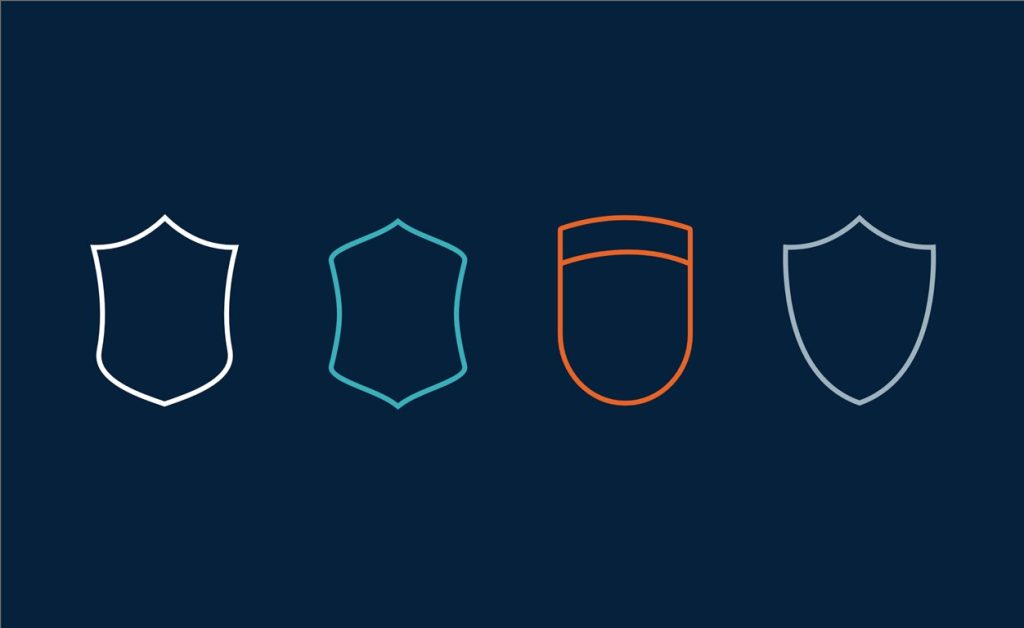
Professional development is changing. More and more, leaders are placing purpose and individual choice at the forefront of professional development requirements, allowing teachers to make their own decisions about what they’d like to learn in order to improve their practice.
Micro-credentials are a rising trend in higher education that fulfills this kind of personalized professional development well. Not only can micro-credentials help educators achieve their goals, but they do so grounded in research-based methods, with a focus on enhancing student outcomes. Their biggest advantage is they can be aligned to organizational goals while providing educators with the autonomy to select the content that interest them.
What is a micro-credential?
Just like it sounds, a micro-credential is a mini credential or certification. Districts or educational institutions can develop their own micro-credentials or work with an outside platform like BloomBoard, Digital Promise or NEA CGPS to implement them. As opposed to traditional “sit-and-get” PD, micro-credentials are learner-centered as the learners drive the process
Typically, you earn a micro-credential through the following process:
- Learn more about a specific skill or content area.
- Apply these new ideas into practice.
- Reflect on the process in a report, project, paper or other tangible method.
- Submit that to an evaluator.
The institution providing the micro-credential will then evaluate the submission, provide feedback and decide whether sufficient competency has been demonstrated. If it has, the micro-credential is awarded in the form of a digital badge that can then be shared on social media and resumes.
Why would you get a micro-credential?
Micro-credentials get you certified in a specific area. That means you can focus specifically on what you want to develop or what your employer requires without sitting through development that you don’t need. And, similar to other forms of online education, it is available at the convenience of the participant.
How hard is it to earn a micro-credential?
This depends on the requirements. The purpose, however, is for the micro-credential to be somewhat comparable to a college- or graduate-level credit. The micro-credentials from American College of Education are “stackable,” which means the micro-credential credits you earn can be applied to a larger certificate or degree program if you later decide to go that route. This also lends credibility to the micro-credential you are earning.
Micro-credentialing is a higher education trend that brings personalized instruction to educators, so that they can then translate that to their students. By aligning personal professional development goals with PD requirements, teachers the power to be more purposeful in achieving their goals. This in turn will have a positive impact on student achievement.

